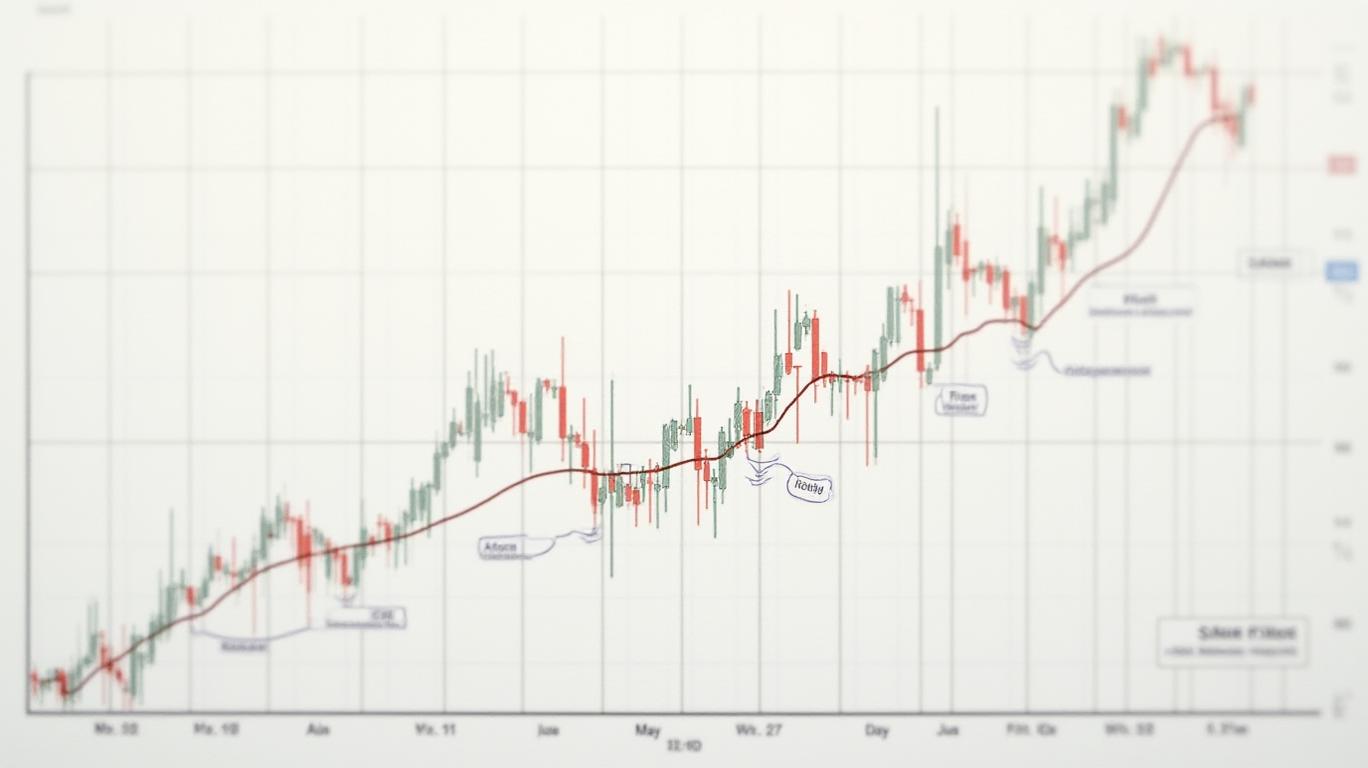Unlocking the Tariff Truce: Tech and Trade-Driven Sectors Lead the Next Bull Run
The U.S.-China trade truce, effective as of May 2025, has ignited a seismic shift in global markets, with tariff rollbacks unlocking suppressed value in industries ravaged by years of trade wars. For investors, this is a pivotal moment to pivot toward sector rotation and capitalize on valuation re-ratings in tech, industrials, and consumer discretionary stocks—sectors where supply chains and demand are poised for explosive recovery.
Ask Aime: "Which tech and industrial stocks will lead the market rebound with the U.S.-China trade truce?"
Semiconductors: The Heart of the Trade Truce Rally
The semiconductor sector stands at the epicenter of this opportunity. With U.S. tariffs on Chinese-made chips dropping from 145% to 30%, and China reciprocating by cutting tariffs on U.S. tech imports, manufacturers like Intel (INTC) and AMD (AMD) now face dramatically reduced production costs. The tariff reduction alone could shave 15–20% off the price of advanced chips, reigniting demand from automakers, cloud infrastructure providers, and consumer electronics firms.
The immediate impact is already visible in stock prices:
Beyond cost savings, the truce removes a critical bottleneck in global supply chains. Semiconductor companies can now reallocate capital from tariff-driven price wars to innovation, accelerating advancements in AI chips, 5G infrastructure, and autonomous vehicles. This is a “buy the dip” moment for semiconductor equities, with the sector’s price-to-earnings (P/E) ratio now trading at a 30% discount to its 2023 peak—a valuation anomaly that won’t last.
Industrials & Logistics: The Logistics of Liberation
The truce’s 90-day window has unleashed a surge in cargo activity. U.S. ports, which saw zero Chinese shipments in the days before the deal, are now flooded with goods, benefiting companies like Caterpillar (CAT) and Deere (DE), whose equipment is critical for rebuilding supply chains.
Shipping giants like Maersk have seen shares jump 12% as global trade volumes rebound. For industrial firms, the truce isn’t just about cost savings—it’s about rebuilding market share. With Chinese manufacturers now exporting at 10% tariffs instead of 125%, U.S. industrial companies can finally compete on a level playing field, reducing their reliance on costlier regional suppliers.
Consumer Discretionary: Retail’s Resurgence
The truce is a lifeline for consumer discretionary stocks, which have been crushed by tariff-induced inflation. Retailers like Nike (NKE) and Amazon (AMZN)—both up 6.7% and 7.2%, respectively—no longer face the 145% tariffs that once forced them to raise prices or halt orders.
The consumer discretionary sector is uniquely positioned to benefit from both reduced input costs and a surge in demand as trade barriers erode. For example:
- Apparel companies like Lululemon (LULU) and Gap (GPS) can slash prices or boost margins, attracting price-sensitive buyers.
- Cruise lines like Carnival (CCL) and Norwegian Cruise Line (NCLH), up 8.3% and 6.6%, respectively, are poised for a rebound in travel demand as global trade normalization boosts consumer confidence.
The Fed’s Hand: Delayed Rate Cuts Fuel the Rally
While the Federal Reserve has delayed rate cuts to combat inflation, this is a hidden tailwind for equities. Lower borrowing costs in 2026 will amplify the truce’s impact, enabling companies to refinance debt and reinvest in growth. For sectors like industrials and tech—already benefiting from the tariff rollback—this creates a dual catalyst: improved cash flows from cost savings and cheaper capital.
Risks? Yes. But the Upside Outweighs Them
The truce’s 90-day duration is a risk, but it’s a negotiating tool, not an endgame. Both sides will pressure their industries to push for permanent agreements. Meanwhile, the Fed’s delayed cuts mean liquidity remains ample, and investors have time to act before the window closes.
Final Call: Rotate into Trade Winners—Now
This is a sector rotation play of historic proportions. The truce has reset the table for industries that were casualties of trade wars. Semiconductors, industrials, and consumer discretionary stocks are no longer “tariff casualties”—they’re valuation darlings with 20–30% upside potential in the next six months.
Act decisively. The next leg of this rally won’t wait for the hesitant.

_b905d9341749265671656.jpg)








